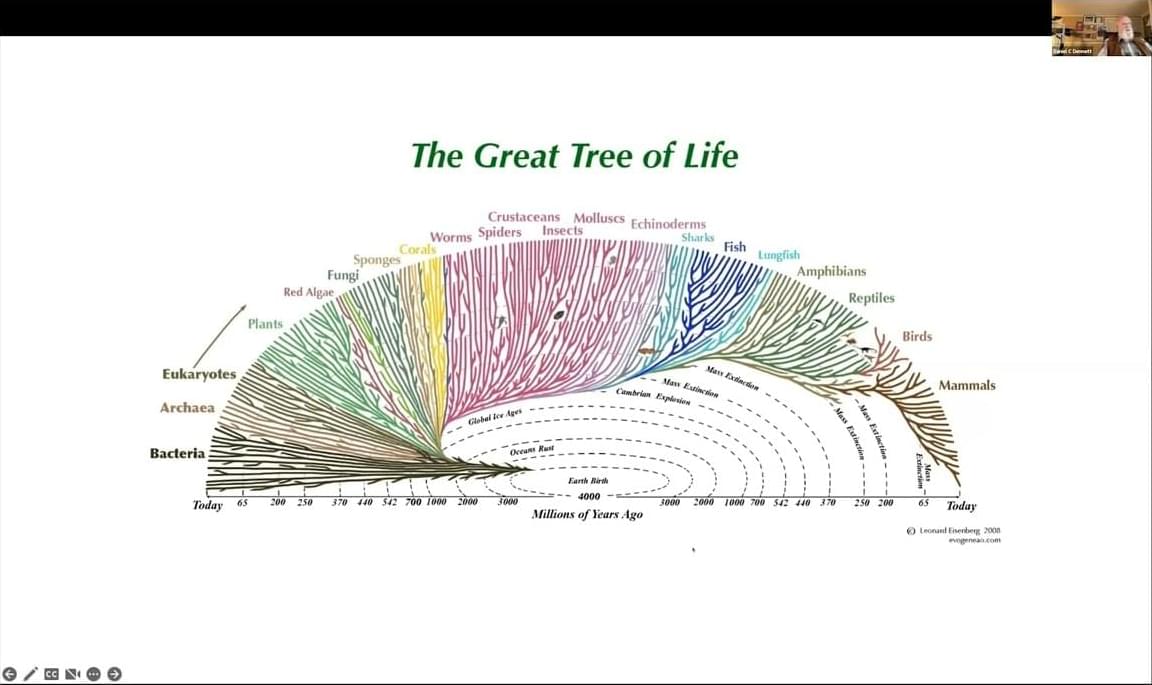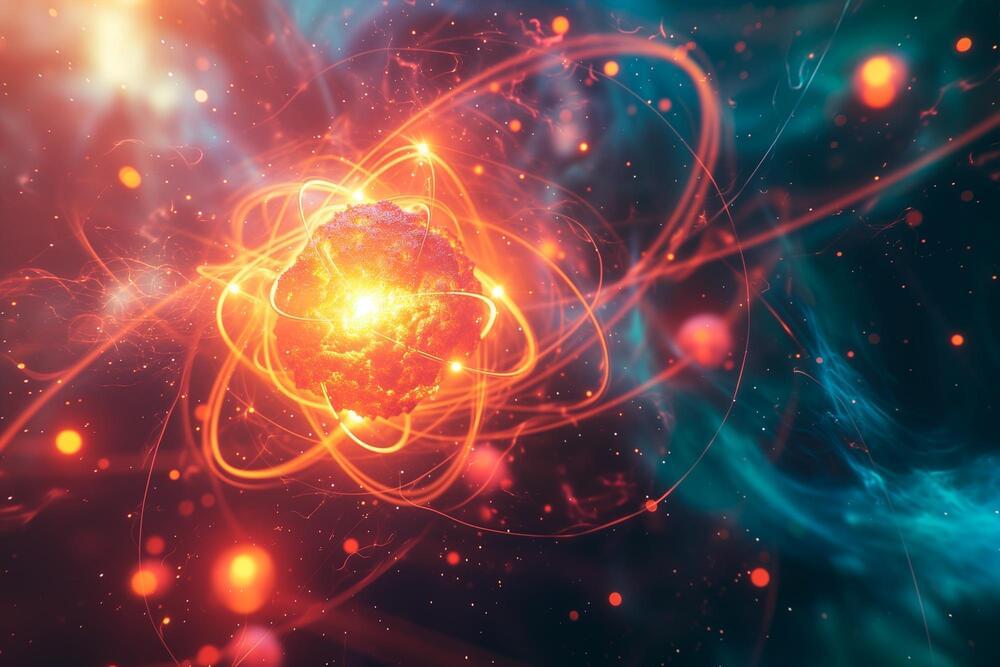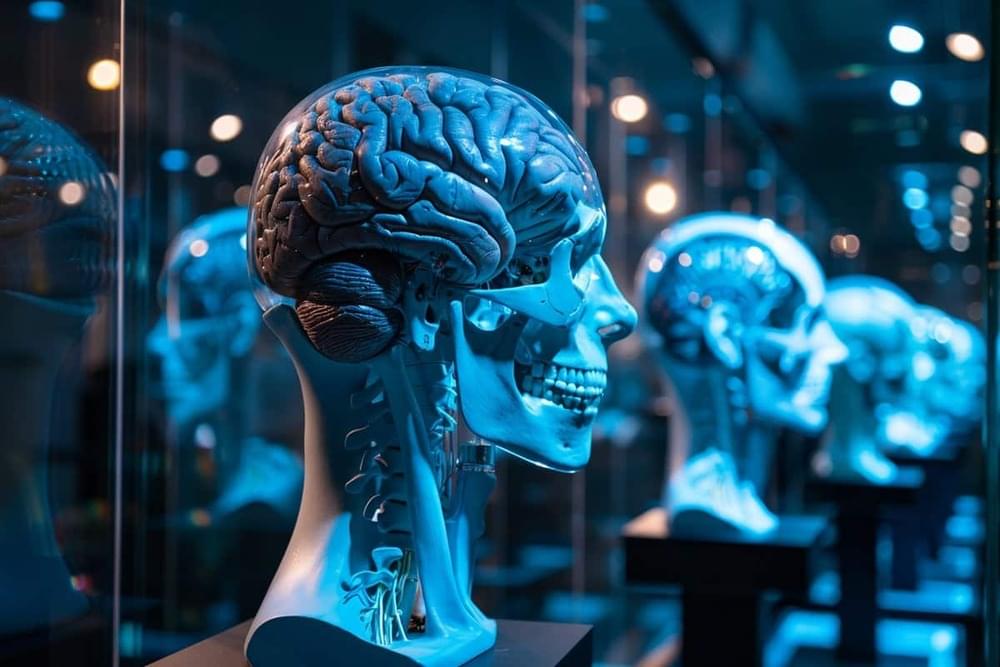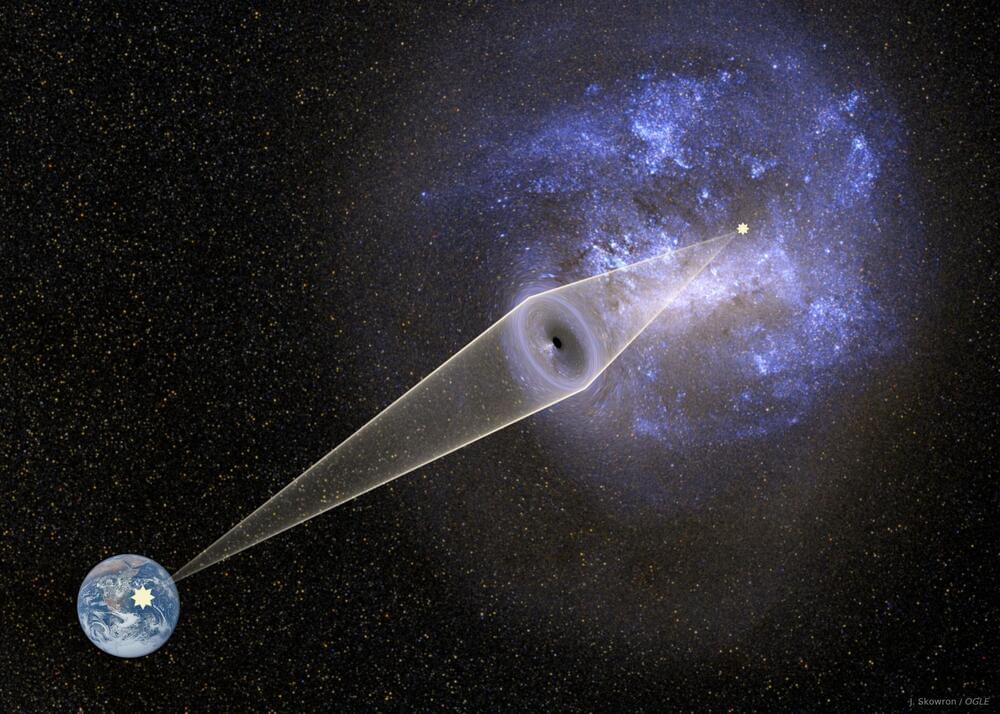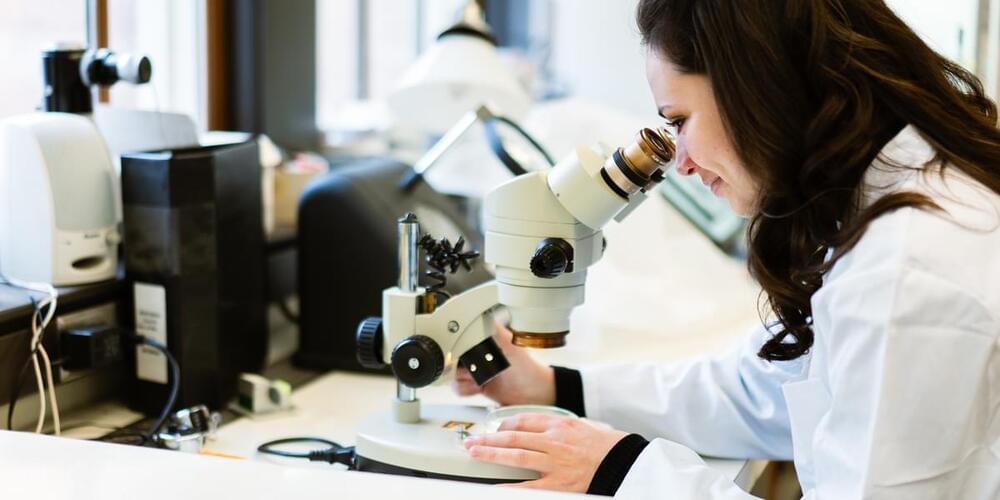Category: evolution – Page 21
This research highlights that both early melting-volatilization and late accretion of volatile-rich materials are integral to understanding the distribution of nitrogen in silicate Earth. These insights open new avenues for understanding the origins of volatiles on Earth.
A team of researchers led by Professor Wang Wenzhong from the University of Science and Technology of China’s School of Earth and Space Sciences, in partnership with international experts, examined how nitrogen isotopes fractionate during the formation and evolution of terrestrial planets. Their findings were published in Nature Communications.
Currently, the academic community primarily holds two models regarding the accretion of volatiles on Earth: the “Late Veneer” model and the “Early Evolution” model.
Summary: Researchers made a significant discovery in the study of human brain evolution, identifying epiregulin as a key factor in the expansion of the human neocortex. By comparing brain development between mice and humans and utilizing 3D brain organoids, the team found that epiregulin promotes the division and expansion of stem cells, crucial for neocortex development.
This study, which utilized cutting-edge 3D culture technology, suggests that the quantity of epiregulin, rather than its presence or absence, distinguishes human brain development from that of other species, including primates like gorillas. The research offers new insights into what makes the human brain unique and underscores the value of innovative methodologies in understanding complex evolutionary processes.
This essay addresses Cartesian duality and how its implicit dialectic might be repaired using physics and information theory. Our agenda is to describe a key distinction in the physical sciences that may provide a foundation for the distinction between mind and matter, and between sentient and intentional systems. From this perspective, it becomes tenable to talk about the physics of sentience and ‘forces’ that underwrite our beliefs (in the sense of probability distributions represented by our internal states), which may ground our mental states and consciousness. We will refer to this view as Markovian monism, which entails two claims: fundamentally, there is only one type of thing and only one type of irreducible property (hence monism). All systems possessing a Markov blanket have properties that are relevant for understanding the mind and consciousness: if such systems have mental properties, then they have them partly by virtue of possessing a Markov blanket (hence Markovian). Markovian monism rests upon the information geometry of random dynamic systems. In brief, the information geometry induced in any system—whose internal states can be distinguished from external states—must acquire a dual aspect. This dual aspect concerns the (intrinsic) information geometry of the probabilistic evolution of internal states and a separate (extrinsic) information geometry of probabilistic beliefs about external states that are parameterised by internal states. We call these intrinsic (i.e., mechanical, or state-based) and extrinsic (i.e., Markovian, or belief-based) information geometries, respectively. Although these mathematical notions may sound complicated, they are fairly straightforward to handle, and may offer a means through which to frame the origins of consciousness.
Keywords: consciousness, information geometry, Markovian monism.
Research teams have successfully regenerated mouse brain circuits using rat stem cells, showcasing a new method for restoring brain function and studying interspecies brain development.
These findings open up possibilities for treating neurological diseases and understanding brain evolution, while also hinting at future clinical applications and ethical challenges in using similar techniques for human organ transplantation.
Scientists regenerate neural pathways in mice with cells from rats.
MIT researchers have used simulations to suggest that the shorelines of Titan, Saturn ’s largest moon, are shaped by waves. This finding builds on images from NASA ’s Cassini spacecraft, which first confirmed the existence of Titan’s methane and ethane bodies. Understanding how these waves might erode the coastlines could offer insights into Titan’s climate and future sea evolution.
Titan’s Unique Extraterrestrial “Waters”
Titan, Saturn’s largest moon, is the only other planetary body in the solar system that currently hosts active rivers, lakes, and seas. These otherworldly river systems are thought to be filled with liquid methane and ethane that flows into wide lakes and seas, some as large as the Great Lakes on Earth.
The detailed calculations demonstrate that black holes of 10 solar masses may comprise at most 1.2% of dark matter, 100 solar mass black holes—3.0% of dark matter, and 1,000 solar mass black holes—11% of dark matter.
“Our observations indicate that primordial black holes cannot comprise a significant fraction of the dark matter, and simultaneously, explain the observed black hole merger rates measured by LIGO and Virgo,” says Prof. Udalski.
Therefore, other explanations are needed for massive black holes detected by LIGO and Virgo. According to one hypothesis, they formed as a product of the evolution of massive, low-metallicity stars. Another possibility involves mergers of less massive objects in dense stellar environments, such as globular clusters.
Geospatial data has undergone significant transformations due to the internet and smartphones, revolutionizing accessibility and real-time updates.
A collaborative international team reviewed this evolution, highlighting growth opportunities and challenges.
‘Seismic Shift’ to Crowdsourced Scientific Data Presents Promising Opportunities.
Lakes and seas of liquid methane exist on Saturn’s largest moon, Titan, due to the moon’s bone-chilling cold temperatures at-290 degrees Fahrenheit (−179 degrees Celsius), whereas it can only exist as a gas on Earth. But do these lakes and seas of liquid methane strewn across Titan’s surface remain static, or do they exhibit wave activity like the lakes and seas of liquid water on Earth? This is what a recent study published in Science Advances hopes to address as a team of researchers have investigated coastal shoreline erosion on Titan’s surface resulting from wave activity. This study holds the potential to help researchers better understand the formation and evolution of planetary surfaces throughout the solar system and how well they relate to Earth.
For the study, the researchers used a combination of shoreline analogs on Earth, orbital images obtained by NASA’s now-retired Cassini spacecraft, coastal evolution models, and several mathematical equations to ascertain the processes responsible for shoreline morphology across Titan’s surface. Through this, the researchers were able to construct coastal erosion models depicting how wave activity could be responsible for changes in shoreline morphology at numerous locations across Titan’s surface.
“We can say, based on our results, that if the coastlines of Titan’s seas have eroded, waves are the most likely culprit,” said Dr. Taylor Perron, who is a Cecil and Ida Green Professor of Earth, Atmospheric and Planetary Sciences at the Massachusetts Institute of Technology and a co-author on the study. “If we could stand at the edge of one of Titan’s seas, we might see waves of liquid methane and ethane lapping on the shore and crashing on the coasts during storms. And they would be capable of eroding the material that the coast is made of.”
Scientists can’t address the origins of life without having a basic understanding of evolution.
You’d think that would make the origins of life a popular research topic for evolutionary biologists. But Maria Kalambokidis, Ph.D. candidate in Ecology, Evolution and Behavior, and recent recipient of the NASA Future Investigators Fellowship, may be one of only a handful across the globe investigating the topic. She thinks it might be because the origins of life, also called abiogenesis, has mostly been studied by chemists.
“It’s difficult to come into the field when you have a completely different scientific background than someone else,” says Kalambokidis. “There are insights from evolution that you might miss by only taking the perspective of a chemist.”
